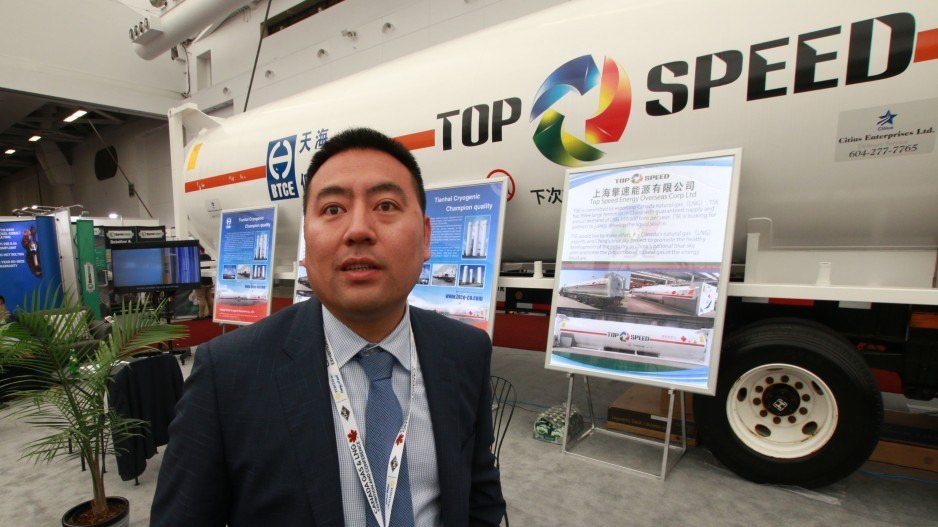A new special report by the International Energy Agency (IEA) on natural gas is poking a hole in the argument that natural gas and LNG is just as bad, or even worse than coal, in terms of its global warming potential.
It also finds that LNG exported to China from Canada would have lower emissions than pipeline gas.
Anti-fossil fuel advocates point to a couple of studies that suggest that natural gas and LNG is no better – and potentially even worse – than coal due to fugitive methane leaks.
Other life-cycles analyses have found that methane emissions from natural gas production is well below the threshold that would be needed to put it on the same footing as coal, in terms of global warming potential.
A life-cycle analysis by the IEA now refutes those studies that suggest natural gas is as bad as coal.
“Gas is nearly always better than coal on a lifecycle basis,” the new 110-page report concludes.
The IEA examined four scenarios – Europe, the U.S., China and India – and concludes that there can be a “quick win,” in GHG reductions by utilizing existing natural gas plants to supplant coal power.
It notes that in the U.S., nearly one-fifth of total emissions reductions since 2010 (18%) was from switching from coal power to natural gas.
The report does warn, however, of the danger of locking in natural gas, and the need to eventually lower its emissions intensity even more through carbon capture and storage or utilization.
Here are some of the IEA’s conclusions on the GHG intensity of gas, compared to coal:
• “Our detailed assessment of today’s lifecycle emissions of gas and coal supply finds that switching to natural gas yields significant emissions reductions in nearly all cases”;
• “In 2018, gas on average resulted in 33% fewer emissions than coal per unit of heat used in industry and buildings, and 50% fewer emissions than coal per unit of electricity generated”;
• “We estimate that up to 1.2 gigatonnes of CO2 could be abated in the short term by switching from coal to existing gas-fired plants, if relative prices and regulation are supportive”;
• “While there is a wide variation across different sources of coal and gas, we estimate that over 98% of gas consumed today has a lower lifecycle emissions intensity than coal when used for power or heat.”
China and India account for more than 60% of the coal burned in the world. One might therefore assume it is the biggest potential market for switching from coal to natural gas.
But the IEA report finds that Europe and the U.S. are the best potential markets – at least in the utility power generation space – not Asia.
That’s because so many coal power plants in the U.S. and Europe are old, nearing retirement age anyway, and easily switched out to gas.
“In mature markets like the United States and European Union, coal-to-gas switching is a compelling near-term option for reducing emissions, given existing infrastructure and spare capacity,” the IEA report states.
Many of the coal power plants in India and China are much newer, so early retirement of those younger plants would require natural gas and LNG prices to be substantially lower than they are now.
However, the IEA adds that natural gas does have prospects in China in sectors other than power generation – heating, heavy industry and transportation.
It also finds a strong case for gas and LNG in providing firm power to backstop intermittent wind and solar power in China and India.
“In both countries, at the prevailing gas prices, new onshore wind and solar photovoltaic (PV) are much cheaper ways to generate electricity than new combined-cycle gas turbines (CCGTs),” the IEA report finds.
“Under these circumstances, the major contribution of gas-fired generation to displacing coal is likely to be an indirect one, by aiding the integration of renewables.”
One other advantage in favour of switching from coal to natural gas in Asia is that it produces fewer air pollutants, which is one of the big drivers for phasing out coal in China – to improve air quality.
As for LNG, emissions associated with its production and transportation can make it more emissions intensive than pipeline gas. But that’s not the case in China, if the LNG comes from countries like Canada.
“In our estimates, LNG imports to China result in fewer emissions than pipeline imports, given the methane emissions that occur along the value chains (this is not always the case, and in Europe, for example, the emissions intensity of pipeline gas today is lower than LNG."
The IEA report cites the Snøhvit LNG plant in Norway and the LNG Canada project in Kitimat and Woodfibre LNG plant in Squamish as a examples of “cleaner” LNG production with very low emissions intensity.
“This ‘cleaner’ LNG would provide a 40% reduction in GHG emissions from coal-to-gas switching (for production of heat), compared with a 30% reduction if these mitigation strategies were not in place,” the report states.
While the IEA touts the “quick win” benefits of switching from coal to gas, it also warns about locking in future emissions.
“In mature markets like the United States and European Union, coal-to-gas switching is a compelling near-term option for reducing emissions, given existing infrastructure and spare capacity. Gas can also contribute to security of supply by balancing variable renewables and meeting peaks in demand.
"However, given the need for decarbonisation efforts to intensify, a role for unabated gas in the energy mix becomes increasingly challenging beyond 2030.”
It says the longer-term future of gas in providing low emissions energy will depend on the extent to which carbon capture and storage are used and reductions in methane are achieved in natural gas production.
“A crucial variable for the future is the extent to which carbon capture, storage and utilisation (CCUS) technologies are deployed.”




